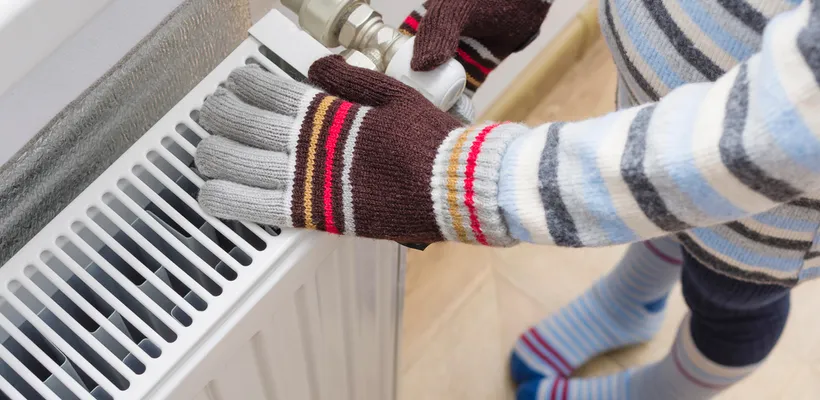Staying Safe & Warm this Winter

With the weather set to turn colder the following information can keep yourself and your family safe during the cold winter months.
Tips to keep warm and well during the cold weather:
- Shut your curtains at dusk and keep your doors closed to block out draughts.
- Have regular hot drinks and at least one hot meal a day if possible. Eating regularly helps keep energy levels up during winter.
- Wear several light layers of warm clothes rather than one thick layer.
- Keep as active as possible when in your home.
- Wrap up warm and wear shoes with a good grip if you need to go outside on cold days.
- If you have reduced mobility, are 65 or over, or have a health condition such as heart or lung disease, you should heat your home to at least 18°C. It’s a good idea to keep your bedroom at this temperature all night if you can and make sure you wear enough clothes to stay warm.
- If you’re under 65 and healthy and active, you can safely have your house cooler than 18°C should you wish.
Check on elderly neighbours or relatives to make sure they’re safe and well. Make sure they’re warm enough, especially at night, and have enough food and medicines so they don’t need to go out.
The NHS has produced an acronym of W-I-N-T-E-R, which is aimed at keeping those who are most vulnerable safe during the winter weather:
Warm: Keep your house warm this winter - at least 18°C (65°F)
Immunisations: Get your flu vaccination
Neighbours: Keep an eye on elderly neighbours and relatives
Timely: Seek advice from a pharmacist at first sign of illness
Enough: Pick up repeat prescriptions so you have enough while pharmacies and surgeries are closed
Restock: Make sure you have enough food and medicine in the cupboards
Travelling in icy conditions:
Icy pavements and roads can be extremely slippery. Take extra care if you go out, and wear boots or shoes with good grip on the soles. The Met Office advises putting grit or cat litter on paths and driveways to reduce the risk of slipping. It also mentions that you should wait until the roads have been gritted before travelling by car.
Remember that black ice on pavements or roads might not be visible, and compacted snow may turn to ice and become slippery.